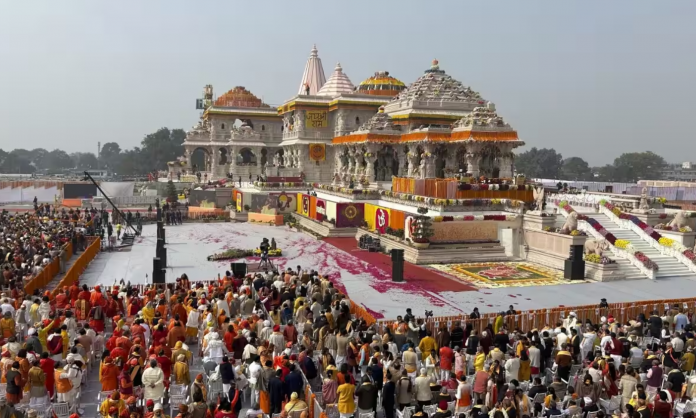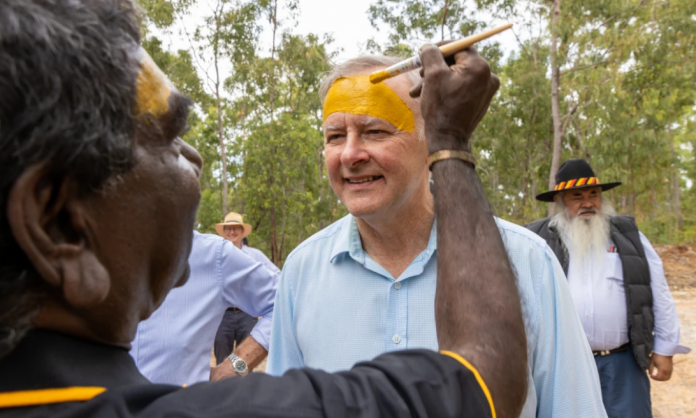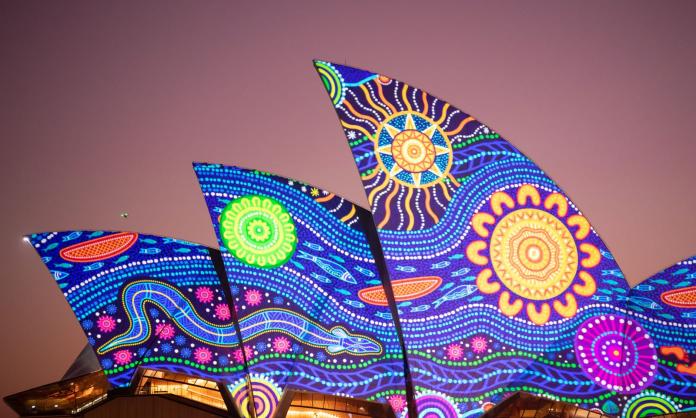But when I leave, you’ll remember I said, with the last words on my lips, that I am a revolutionary. And you’re going to have to keep on saying that. You’re going to have to say that I am a proletariat, I am the people.
The Black Panther Party had no lack of gifted orators, but its deputy chairman Fred Hampton was one of the best. His words, spoken outside the Chicago trial of fellow Panther Bobby Seale, express the group’s revolutionary ambition and its communist politics. “I am a revolutionary” was an oft-repeated line in Hampton’s speeches: he would call his listeners to their feet, urging them to repeat the line in a call-and-response.
In the early hours of 4 December 1969, Hampton was assassinated by the Chicago police on the orders of the FBI. The cops shot Hampton while he and his pregnant fiancée lay sleeping in their room at the Chicago Black Panthers’ headquarters.
The murder of Fred Hampton was only one part of the FBI’s campaign of disruption and infiltration of Black organisations. Most of their operations targeted the Black Panthers. At the time of Hampton’s murder, the party had only existed for three years. Yet in that time, the Black Panthers grew from an organisation of Black self-defence against police brutality in Oakland, California into a nationwide party dedicated to the revolutionary liberation of Black people in the United States, in solidarity with oppressed peoples around the world.
The Black Panthers’ most controversial project was their practice of “patrolling” the police while armed with guns and clad in leather and black berets. Their defenders often point to their provision of services, especially their free breakfast program for poor children in Black neighbourhoods. Between armed struggle and service provision, the Panthers sought to connect anti-racist organising with the struggle against capitalism as a whole.
The Panthers were founded by Huey Newton and Bobby Seale in late 1966. Newton and Seale had been student activists, active in Black cultural organisations and anti-poverty programs. They were frustrated by the limitations of these organisations, especially in addressing police violence.
Newton and Seale were raised in Oakland, but they were both born in the US South, and moved to Oakland as part of the second wave of the Great Migration of rural Southern African Americans to the North and West. The South was the site of the heroic civil rights struggle and the fight against segregation. Newton and Seale formed the Panthers in the north while the southern Civil Rights movement faced serious challenges. Sit-ins at lunch counters or pathbreaking enrolments at all-white schools could expose the violence that propped up segregation, but that kind of civil disobedience couldn’t end unemployment, poor housing and police brutality.
The politics of the civil rights movement were also being questioned by its youngest participants, especially the movement’s association with the Democratic Party. Northern Democratic leaders could tolerate a struggle in the segregationist south, but when that struggle began to question structural racism in Northern cities—as Martin Luther King would do when he attempted to bring his campaign to cities like Chicago—activists were met with hostility. 1966 was also the year student leader Stokely Carmichael popularised the slogan “Black Power” at a rally in Greenwood, Mississippi. In the documentary Eyes on the Prize, Carmichael recounts how he and his fellow activists fed the slogan into the Mississippi rally, deliberately counterposing it to the civil rights slogan "freedom now”. Black power became the rallying cry of a generation of black activists schooled in the civil rights struggle, whose promises remained unfulfilled.
A section of the Black movement was coming to reject not only moderating institutions like the Democratic Party but also capitalism in its entirety. Seale would later write: “We fight racism with solidarity. We do not fight exploitative capitalism with black capitalism. We fight capitalism with basic socialism.”
In November 1966, armed with guns, law books and a Ten-Point Program, Newton and Seale launched the Black Panther Party for Self-Defense (later simply the Black Panther Party). Their aim was to appeal to “brothers on the block”. According to former Black Panther captain Aaron Dixon in his memoir My People are Rising, the party “attracted a rough breed of men and women into its ranks… hustlers, ex-thieves, and crooks. These men had felt the direct effects of police brutality. They had seen up close the crookedness and corruption of the police authorities”
The Ten-Point Program was a way of appealing to the Panthers’ audience while radicalising them. As Seale wrote: "“I don't care what kind of cat is on the block—if he doesn't relate to anything else, he can relate to the ten-point platform and program of the Black Panther Party.”
For the Panthers, this wasn’t about appealing to the lowest common denominator: on the contrary, as Newton said, “Black people and especially brothers on the block have to have some political consciousness.” The program combined demands with political perspectives. The demands developed from the general “we want freedom” to the final demand for “land, bread, housing, education, clothing, justice and peace”, plus a UN-supervised plebiscite allowing Black people in the US to exercise national self-determination.
By 1967, the party changed their third demand—“We want an end to the robbery by the white man of our Black community”—to “We want an end to the robbery by the capitalists of our black and oppressed communities”. The change marks a recognition that the struggle for racial justice entailed a struggle against the fundamental structures of capitalism. While retaining Black nationalist politics, the Panthers rejected what they called anti-white “racism”, and instead, centred their ire on the US ruling class: “The ruling class and their running dogs, their lackeys, their bootlickers, their Toms and their black racists, their cultural nationalists—they’re all the running dogs of the ruling class,” Seale wrote. “These are the ones who help to maintain and aid the power structure by perpetuating their racist attitudes and using racism as a means to divide the people.”
Hampton’s chapter in Chicago perhaps went furthest in building solidarity with other ethnic groups, such as poor white organisations and Puerto Rican groups, on the basis of a shared class oppression, ultimately constructing what was called the “Rainbow Coalition”. This coalition-building extended to other leftist and anti-war groups like Students for a Democratic Society.
Solidarity with the Vietnamese waging a war against American imperialism was an important foundational principle for the Panthers. It was only in 1967 that Martin Luther King first publicly opposed the Vietnam War, causing controversy among more conservative civil rights leaders. The Panthers’ developing worldview connected the Black struggle with the global anticolonial movement, reflecting a radical break with the conservative politics of the mainstream Black leaders.
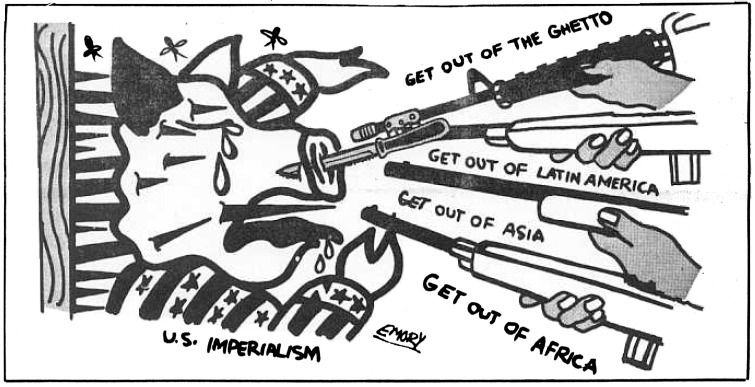
A version of Marxism—what was called Marxism-Leninism, or Maoism—was the foundation of the Panther’s worldview. In On the Ideology of the Black Panther Party, the Panthers’ minister for information Eldridge Cleaver, wrote that the party’s ideology is based “the wisdom gained by Black people in their 400 year long struggle against the system of racist oppression and economic exploitation in Babylon, interpreted through the prism of the Marxist-Leninist analysis”.
By the time of the Panthers, the revolutionary tradition that both Marx and Lenin stood in had been distorted. The rise of Stalinism had written out of history Lenin’s internationalist, revolutionary working-class approach, and replaced it with bureaucratic “socialism in one country”.
Maoism—the supposedly radical challenge to the stagnant Russian system—further rewrote Marxism, scrapping the working class as the key revolutionary agent, and looking to non-working-class social layers instead. While the general strike of nine million in France in 1968 proved the revolutionary potential of the working class, in the eyes of the Panthers, the working class in the US was hopelessly conservative. Panthers saw the anti-colonial struggles in Vietnam and China—armed struggles in which the working class played a limited role or none at all—as revolutionary models.
For Cleaver, Marxism-Leninism meant taking “the classical principles of scientific socialism” and adapting “these principles to our own situation for ourselves”. In this they took inspiration from Mao in China and Kim Il Sung in Korea, who invigorated Marxism with “something new”, so it “ceased to be just a narrow, exclusively European phenomenon”. The Panthers held fast to Marxism’s anti-capitalism and anti-imperialism, but dropped its working-class orientation, and added Black nationalism. They sought to make up for an apparent deficiency in Marxism. Yet the deficiency lay with the types of “Marxism” on offer, which had eviscerated the theory’s revolutionary, internationalist core.
One of the ways they sought to adapt Marxism for American conditions was to centre their political attention on the “lumpenproletariat”, or lumpens—the brothers on the block. For the Panthers, the white working class was bought off. Cleaver called the white working class “a parasite upon the heritage of mankind”. But the working class as a whole were treated with suspicion in Panther ideology. For the Panthers, “the Working Class is the Right Wing of the Proletariat, and the Lumpenproletariat is the Left Wing”, Cleaver argued. While students protested and workers struck, Cleaver observed that “the streets belong to the Lumpen... it is in the streets that the Lumpen will make their rebellion”.
Marxism centres the multi-racial, international working class not because it is the most suffering class, or due to any Eurocentric prejudice of Marx and Lenin. The working class has the revolutionary potential to end not only its own suffering and oppression but the oppression of all who suffer under capitalism. Black workers were an industrially powerful section of the US working class, with a pre-war history of militancy and radicalism that could inspire solidarity from white workers when radicals intervened in the workers’ movement.
The Black Panthers’ orientation didn’t challenge the conservatism of the US workers’ movement: it largely accepted it as a given, and sought to replace workers with other social layers that ultimately lacked the power to challenge capitalism. This, coupled with an anticolonial framework adapted from Maoism and the anticolonial struggles of the third world, laid the basis for tactics that were unsustainable and couldn’t survive the US state’s brutal repression. But the relatively conservative US workers’ movement–the legacy of a rightward drifting Stalinist tradition and the repression of the McCarthyist period–reinforced the Panthers’ hostility to the working class as a whole, especially when contrasted to waves of urban riots that were shaking the US.
This lumpen perspective was controversial even within other sections of the radical Black Power movement. In 1969, a brief alliance formed between the Black Panthers and the League of Revolutionary Black Workers, an organisation of radical Black workers originating in the factories of Detroit, Michigan. Though the two organisations attempted to achieve a “historic breakthrough” by forging links between the Panthers' revolutionary leadership and the organised working class movement, League militants were critical of the Panthers’ continued focus on lumpens as revolutionary agents, and the discussions broke down.
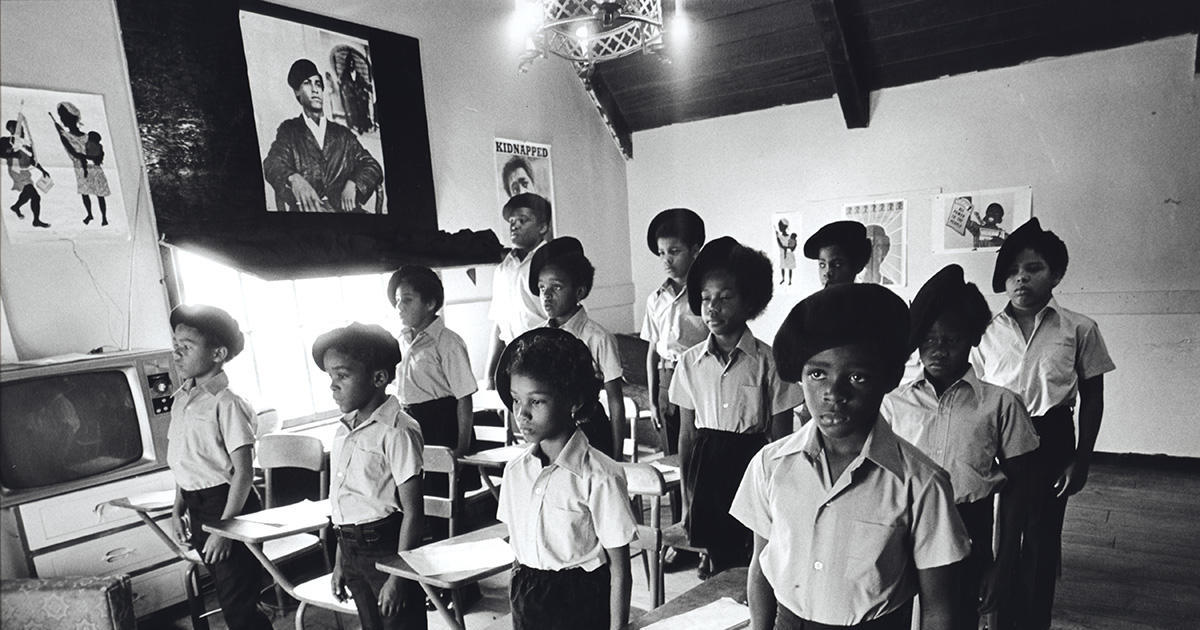
The Panthers’ armed patrols of police never became the basis of the urban guerrilla struggle that party leaders like Newton had envisaged. The United States was not Vietnam: while the US military could withdraw from Vietnam after decades of brutal struggle, it would never cede the United States itself. Military struggle by a determined minority could never overthrow US capitalism: only a broad revolutionary struggle of the united working class could.
Armed police patrols excluded ordinary Black workers, who might otherwise be sympathetic to the Black Panthers’ politics, from taking part in party activities. This further narrowed the party’s class basis and attracted politically unserious adventurers in its ranks. Attempts by the party leaders to clear the ranks came too late. Aaron Dixon recalls being “totally thrown off guard” by the illegal activities some recruits were engaging in, activities that “went completely against what the party was about”. This led to sweeping party purges in 1969. By this time the organisation was riddled with police informants, including those who helped arrange Hampton’s murder. The party disintegrated in the following years.
Even the Panthers’ free breakfast program was also born out of their Maoist-influenced worldview that upheld charitable work as an inherently radical act. Yet as Black power historian Peniel E Joseph writes, stripped of fiery rhetoric, the popular survival programs “looked suspiciously similar to liberal antipoverty programs”. Class struggle can combine material gains with radical action. Without a working-class orientation, the Panthers tried to achieve these goals by combining heroic armed struggle with passive charity, but those tactics couldn’t defeat the US state.
By 1970, following Hampton’s assassination, Newton’s release from prison and clashes among the Black Panthers’ leaders, encouraged by FBI informants, the group frayed. Yet in four remarkable years, the Black Panther Party left an enormous imprint on the political imagination of the US.
The Panthers attempted to use the models available to them—Black nationalism, Marxism, the national liberation struggles taking place at that time—to mount a revolutionary challenge to racism. They connected the lived reality of racism experienced by those “brothers on the block” with the structural oppression woven into the very fabric of American capitalism.
They understood the need to build an organisation, a revolutionary party. Thousands would be recruited into the Black Panthers over four years. They printed and sold a newspaper to raise funds and disseminate their ideas. They built links with other leftist groups. They took political theory and education seriously.
Tragically, the Black Panthers faced deadly repression from the state at a time when they were still politically developing, loosening their lumpen perspective, and considering the need to engage workers. They faced repression of shocking intensity, and their structure and composition tragically made infiltration and disorganisation easier.
The United States, the greatest power of modern capitalism, was built on scarred backs of 13 million Africans trafficked across the Atlantic, and their descendants. Black struggle in the United States has the potential to develop anti-capitalist, revolutionary conclusions: the Panthers are a testament to this. They saw their liberation bound up with the liberation of those oppressed by American capitalism the world over.
But neither armed struggle alone nor welfarism for the poor can bring down US capitalism. Only revolutionary class struggle can. Workers, multi-racial and diverse, need to take up the battle against racism and capitalism. As a revival of Black struggle in Minneapolis, Chicago, Portland, Kenosha and other cities and towns across the US sets the world alight, the heroic legacy of the Black Panthers can teach us much about today’s tasks.







